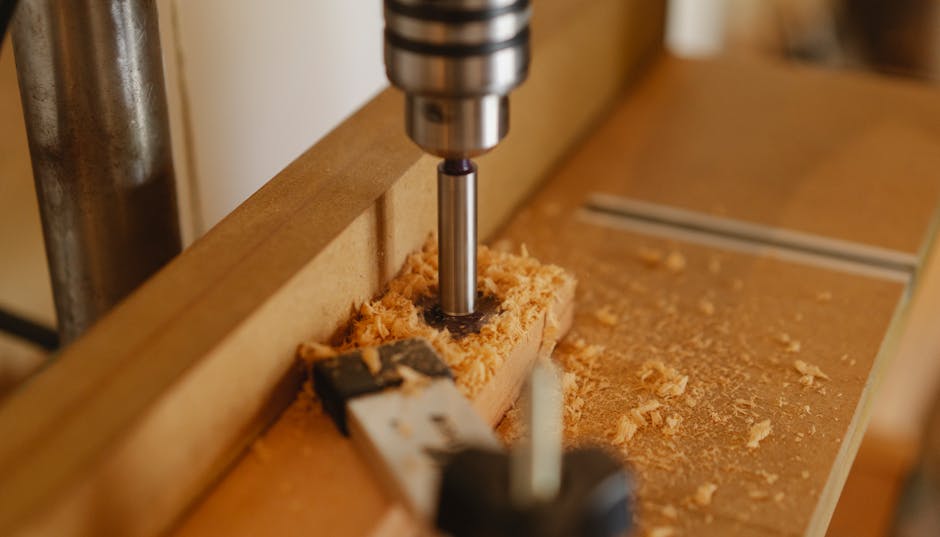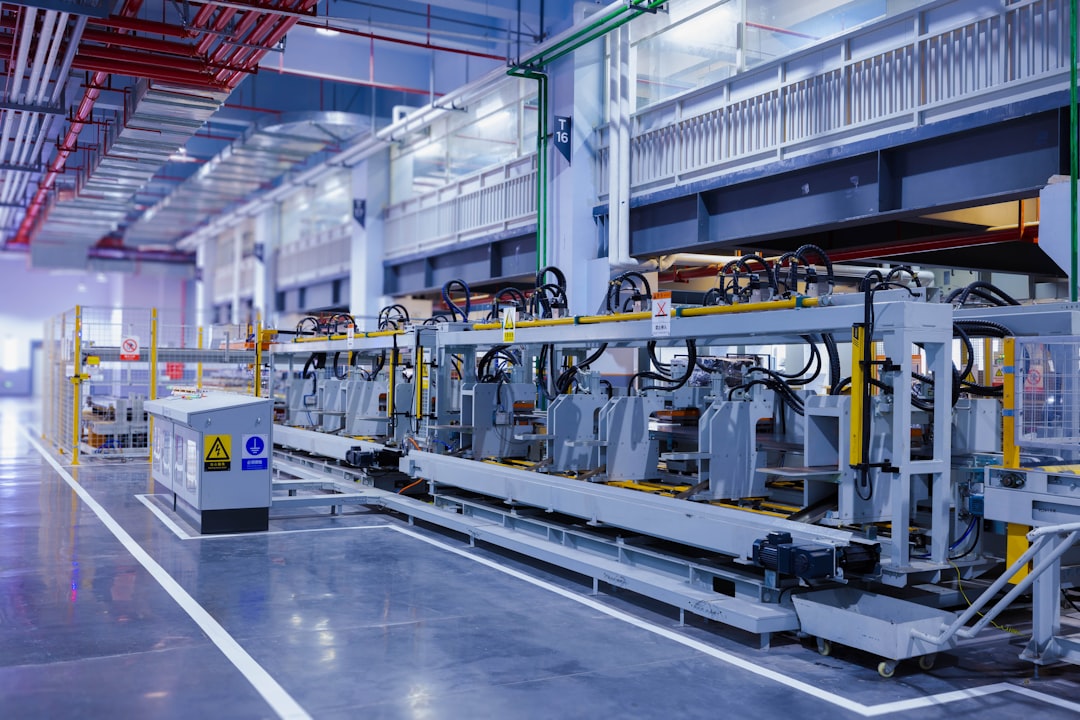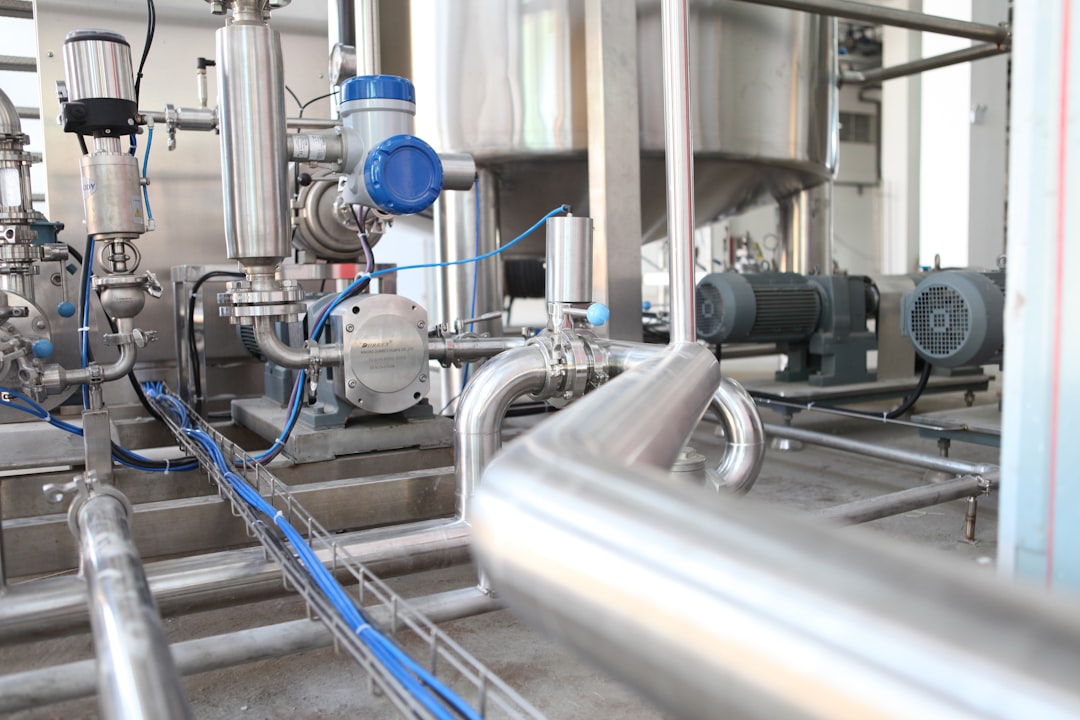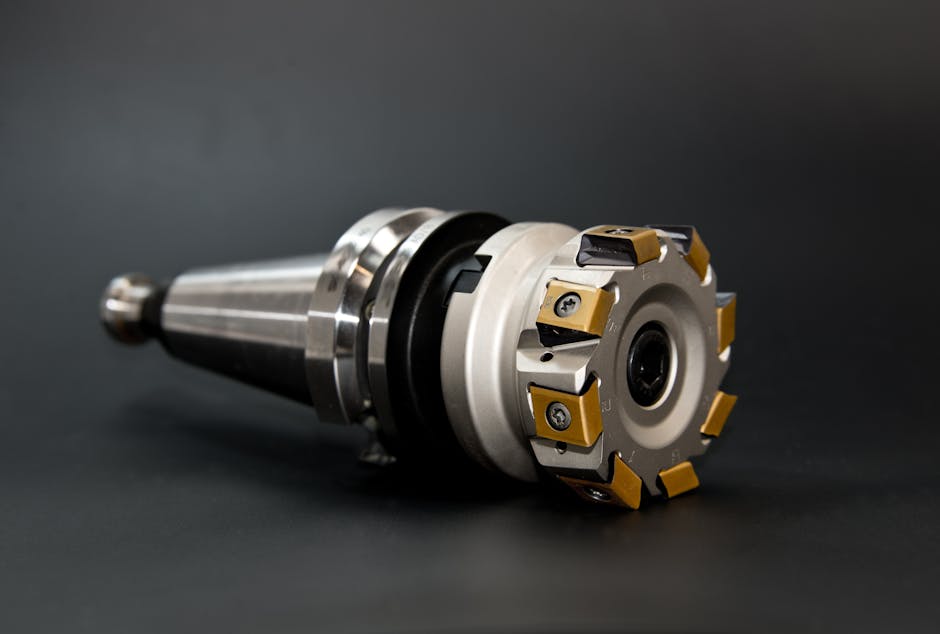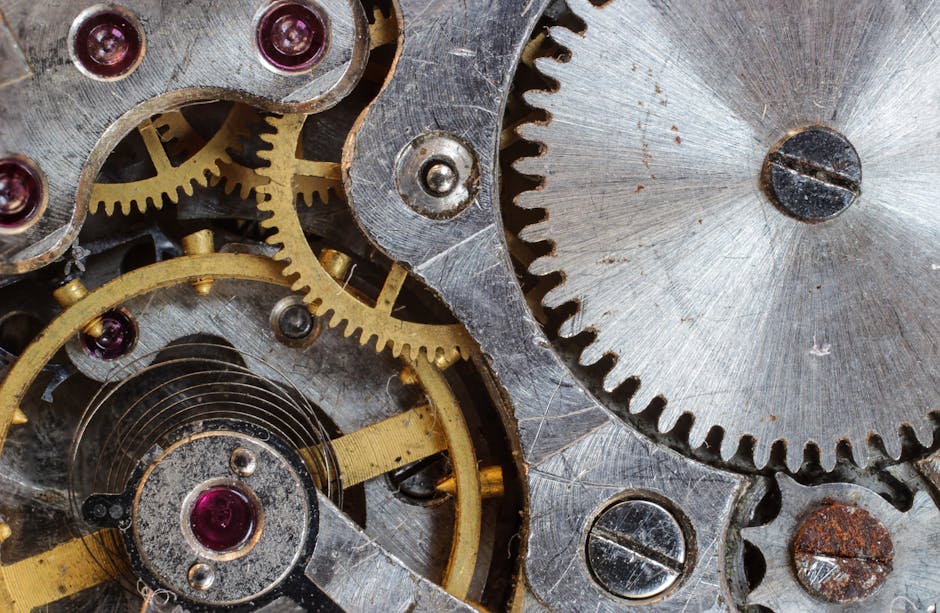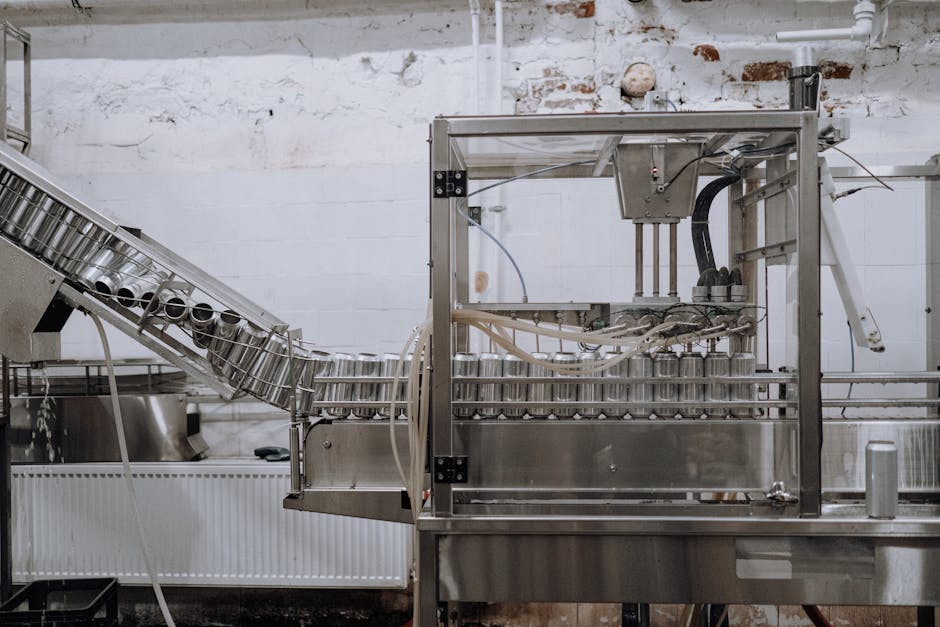Introduction
If you’re curious about aluminum machining tools, this article is for you. The right tools can make a big difference when working with aluminum, offering smooth finishes, quick material removal, and precision. Here’s a quick rundown of the essential tools you’ll need:
- Shear Hog and Mini-Shear: Great for beautiful finishes and quick pocket making.
- Assorted Drills: Efficient for making holes.
- ¼” Chamfer: Perfect for spot drilling and edge finishing.
- End Mills: Available in ⅜”, ¼”, and ⅛” sizes for both roughing and detailed work.
Understanding these tools will help you choose the right ones for your needs and improve your aluminum machining outcomes.

Best Tools for Machining Aluminum
When it comes to aluminum machining, having the right tools can make or break your project. Here are the top tools you should consider:
End Mills
End mills are indispensable for machining aluminum. They come in various sizes and shapes to suit different tasks. For aluminum, YG-1, 3-flute end mills with TICN coating are highly recommended. The three flutes help in efficient chip evacuation, crucial for aluminum due to its gummy nature. The TICN coating reduces friction, enhancing tool life and improving surface finish.
Adam Brunner, a Tormach technical support specialist, says, “A small tool can make a large internal radius, but a large tool can never make a small internal radius.” This highlights the importance of having a range of end mill sizes (like ⅜”, ¼”, and ⅛”) for various tasks, from roughing to detailed work.
Metal Shears
For cutting aluminum sheets or creating intricate patterns, metal shears are a go-to tool. Specialized, scissors-like metal shears can make precise cuts without distorting the material. The Shear Hog and Mini-Shear are particularly effective. They not only give a beautiful finish but also make quick work of pocketing tasks.
In a video test, the Mini-Shear demonstrated its ability to throw chips and leave a sparkling finish, making it a favorite among machinists for both roughing and finishing operations.
Circular Saw
For cutting larger aluminum pieces, a circular saw with a carbide-tipped blade is ideal. Carbide-tipped blades are durable and can handle the high speeds required for cutting aluminum without dulling quickly. These blades provide clean, precise cuts and are essential for projects requiring larger material sections.
Circular saws are particularly useful when you need to make long, straight cuts in aluminum sheets or bars. The carbide tips ensure that the blade stays sharp longer, reducing the need for frequent replacements.
By equipping yourself with these essential tools, you can tackle any aluminum machining project with confidence. Whether you’re making detailed cuts with end mills, precise shears, or larger sections with a circular saw, having the right equipment is key to achieving the best results.
Why Aluminum is Challenging to Machine
Aluminum is a popular material in machining due to its light weight and excellent strength-to-weight ratio. However, it presents some unique challenges that require specific strategies and tools. Let’s break down why aluminum can be tough to work with.
Soft Nature
Aluminum is softer than many other metals, like steel. While this makes it easier to cut, it also means that aluminum can easily deform. This softness can lead to issues like burr formation on the edges of the cut. Burrs are unwanted raised edges or small pieces of material remaining attached to the workpiece after machining. These need to be removed for a smooth finish, adding an extra step to the process.
Gummy Buildup
Another challenge with aluminum is its tendency to become gummy during machining. When cutting, aluminum can stick to the cutting tool, creating a buildup that affects the tool’s performance. This gummy buildup can lead to poor surface finishes and even tool breakage if not managed properly.
One practical tip to manage this issue is to use high-speed machining techniques. As noted in a Quora discussion, “Aluminum is forgiving and can be machined very nicely at lower speeds as well as higher.” High-speed machining helps to evacuate chips more effectively, reducing the chances of material buildup on the tool.
Low Melting Temperature
Aluminum has a relatively low melting temperature compared to other metals. This characteristic can be a double-edged sword. On one hand, it makes aluminum easier to melt and form. On the other hand, the heat generated during machining can quickly lead to thermal expansion and warping of the material.
Using the right coolants and lubricants is crucial to manage heat and maintain the integrity of the workpiece. Coolants help to dissipate heat, reducing the risk of thermal damage and ensuring a smoother machining process.

In summary, while aluminum is an excellent material for many applications, its soft nature, tendency for gummy buildup, and low melting temperature pose specific challenges. Understanding these issues and using the right tools and techniques can help you achieve high-quality results.
Essential Aluminum Machining Tools
When it comes to aluminum machining tools, having the right equipment can make all the difference. Here are some must-have tools for achieving top-notch results:
Shear Hog
The Shear Hog is a powerhouse tool for machining aluminum. It’s known for delivering a beautiful finish and making fast pockets. This tool can remove large amounts of material quickly, making it perfect for roughing operations. Its robust design ensures durability and efficiency, helping you get the job done faster.
Mini-Shear
If you’re looking for a tool that can throw chips and leave a sparkling finish, the Mini-Shear is your go-to. It’s smaller than the Shear Hog but equally effective for detailed work. This tool excels in creating clean cuts and smooth surfaces, making it ideal for finishing operations.
Assorted Drills
Assorted drills are essential for any aluminum machining setup. Drills are incredibly efficient at making holes, especially when precision is key. Unlike end mills, drills are specifically designed for hole-making, ensuring that you get accurate and clean cuts every time. They are a simple yet vital tool for any machinist.
¼” Chamfer
A ¼” chamfer is perfect for spot drilling and edge finishing. It helps prevent your drill from wandering at the start of a hole, providing a precise starting point. Additionally, chamfering the edges of your part not only improves the look but also the feel, giving your final product a polished, professional appearance.
⅜”, ¼”, and ⅛” End Mills
End mills are versatile tools that come in various sizes and shapes. For aluminum, having ⅜”, ¼”, and ⅛” end mills will cover most of your needs. Larger cutters like the ⅜” end mill are great for removing material quickly, while smaller ones like the ⅛” end mill are perfect for detailed work and tight internal radii.
- Flute Count: Three-flute end mills are particularly effective for aluminum, as they balance material removal and chip evacuation.
- Tool Coating: Tools with TICN coating are ideal for aluminum because they reduce chip buildup and maintain a sharp cutting edge.
By having these essential tools in your arsenal, you’ll be well-equipped to handle any aluminum machining task with ease and precision.
Selecting the Right End Mill for Aluminum
Choosing the right end mill is crucial for effective aluminum machining. Here are key factors to consider:
Flute Count Importance
Flute count matters a lot when machining aluminum. The number of flutes on an end mill affects how well it evacuates chips and how efficient it is at cutting.
-
Three-Flute End Mills: These are particularly effective for aluminum. They balance material removal and chip evacuation. More flutes might seem better, but they can clog with chips, making the process inefficient.
-
Two-Flute End Mills: These are also good, especially for slotting and pocketing. They allow more room for chip evacuation, which is important because aluminum can be gummy.
Tool Coating
The right tool coating can make a big difference in your machining results. Coatings help reduce friction, prevent chip buildup, and extend tool life.
-
TICN Coating: Titanium Carbonitride (TICN) is excellent for aluminum. It reduces chip buildup and keeps the cutting edge sharp. This means you can run your tools faster and still get a good finish.
-
Other Coatings: While TICN is great, other coatings like TiAlN also work well. However, they are more commonly used for harder materials.
Material Removal and Detail Work
Different end mill sizes and flute counts are suited for different tasks:
-
Larger End Mills (e.g., ⅜”): These are great for removing a lot of material quickly. They help you get close to the final shape fast.
-
Smaller End Mills (e.g., ⅛”): These are perfect for detailed work and tight internal radii. They can make precise cuts that larger tools can’t.
Chip Evacuation and Efficiency
Chip evacuation is crucial when machining aluminum. Poor chip evacuation can lead to a rough finish and even tool breakage.
-
Efficient Chip Evacuation: Three-flute end mills strike a good balance. They allow chips to clear out quickly, which keeps the cutting area clean and efficient.
-
Flute Design: Look for end mills with deep, polished flutes. These help move chips away from the cutting area, reducing the risk of clogging.
By understanding these factors, you can select the right end mill for your aluminum machining tasks, ensuring efficiency and a high-quality finish.
Next, let’s answer some common questions about aluminum machining tools.
Frequently Asked Questions about Aluminum Machining Tools
What is the best tool for machining aluminum?
The best tool for machining aluminum often depends on the specific job you’re tackling. However, some standout tools include:
- Shear Hog: Known for its ability to create a beautiful finish and make pockets quickly. It’s a go-to for many machinists.
- Mini-Shear: Similar to the Shear Hog but excels in throwing chips and providing a sparkling finish.
- YG-1, 3-flute End Mills with TICN coating: These are fantastic for aluminum due to their efficiency in chip evacuation and maintaining a clean cutting area.
Each of these tools has its strengths, so the best one for you will depend on your specific needs and the details of your project.
Why is aluminum hard to machine?
Aluminum can be tricky to machine for several reasons:
- Soft Nature: Aluminum is softer than many other metals, which can lead to a “gummy” buildup on the cutting tool.
- Gummy Buildup: This buildup can cause the tool to clog, reducing efficiency and potentially damaging the part.
- Low Melting Temperature: Aluminum’s low melting point means it can easily overheat, leading to deformation or poor surface finishes.
Understanding these challenges can help you select the right tools and techniques to overcome them.
What type of end mill is best for aluminum?
When it comes to end mills for aluminum, a few key features stand out:
- Three Flutes: Three-flute end mills, like those from YG-1, are ideal. They balance material removal with chip evacuation, keeping the cutting area clean.
- TICN Coating: This coating helps prevent chips from sticking to the tool, maintaining efficiency and a high-quality finish.
- Deep, Polished Flutes: These help move chips away from the cutting area, reducing the risk of clogging.
Selecting an end mill with these characteristics will make your aluminum machining tasks smoother and more efficient.
Conclusion
Choosing the right aluminum machining tools can make all the difference in your projects. At TMC Technologies, we understand the importance of having a versatile set of tools and the expertise to use them effectively.
Versatility of Tools
Having a variety of tools on hand is essential. From Shear Hogs for fast pocket making to Mini-Shears for that sparkling finish, each tool has its unique strengths. Assorted drills simplify hole-making, while a ¼” chamfer can both spot drill and finish edges.
For example, a machinist might use a Shear Hog for roughing out large sections quickly, then switch to a ¼” end mill for detailed work. This flexibility allows for efficient and high-quality machining.
Importance of Selection
Selecting the right tool is crucial. As Tormach’s Adam Brunner puts it, “A small tool can make a large internal radius, but a large tool can never make a small internal radius.” This highlights the need for the right size and type of tool for each job.
Flute count and tool coating are also vital. Tools like YG-1’s three-flute end mills with TICN coating excel in aluminum machining. They balance material removal with chip evacuation, maintaining efficiency and quality.
In summary, the right tools and thoughtful selection can elevate your aluminum machining projects. At TMC Technologies, we pride ourselves on our extensive experience and advanced capabilities. Whether you’re in aerospace, medical, or another industry, we have the tools and expertise to meet your needs.
For more information on our services and capabilities, explore our website. Thank you for considering TMC Technologies for your CNC machining needs. We look forward to working with you and helping you achieve your manufacturing goals.

